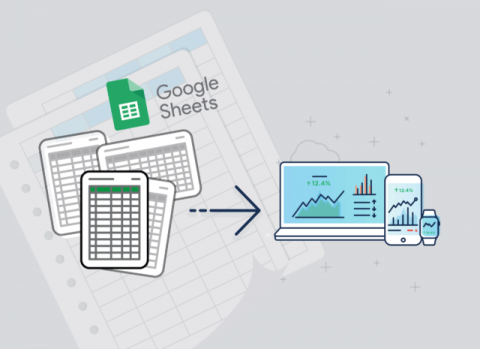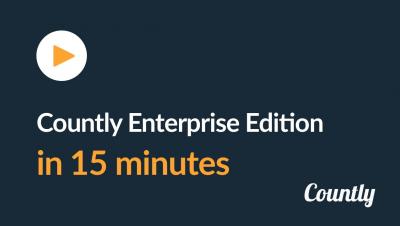Benchmarking Ozone: Cloudera's next-generation Storage for CDP
Apache Hadoop Ozone was designed to address the scale limitation of HDFS with respect to small files and the total number of file system objects. On current data center hardware, HDFS has a limit of about 350 million files and 700 million file system objects. Ozone’s architecture addresses these limitations[4]. This article compares the performance of Ozone with HDFS, the de-facto big data file system.






